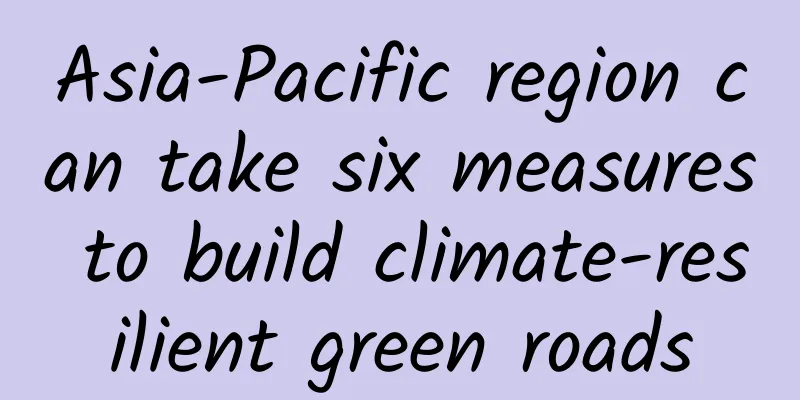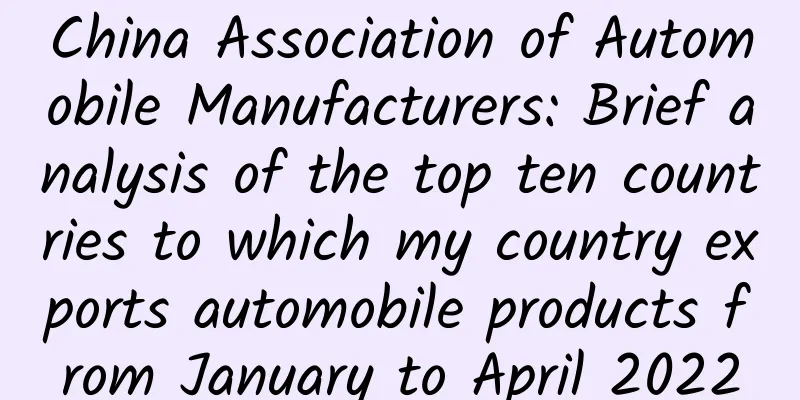Asia-Pacific region can take six measures to build climate-resilient green roads

|
Sustainable road development balances economic growth with environmental protection and social inclusion. More than 400 million people in Asia and the Pacific lack all-weather roads connecting them to markets and basic services. Some of the region’s emerging economies rank last in the world in terms of road length per capita. Safe, inclusive, low-carbon and climate-resilient road transport is key to reducing poverty and promoting green, inclusive and sustainable growth. To promote development and ensure convenient mobility for all, these economies need to invest heavily in roads and other transport infrastructure while improving transport efficiency. The Asian Transport Outlook estimates that the region will need to build 8 million kilometers of new roads by 2030. In addition, by 2030, the cost of operating and maintaining the region's road network is expected to exceed the cost of building new roads. However, roads also have significant environmental and social impacts that need to be addressed proactively. Road transport around the world is one of the main sources of global energy-related CO2 emissions (accounting for 18%) and has been the main cause of the increase in carbon emissions in recent decades. Globally, Asia is the region with the fastest growth in transport emissions. This is mainly due to the growing demand for road passenger and freight transport in the region. Road construction changes topography and hydrology, leading to fewer springs in mountainous areas, more flooding in coastal areas and more frequent floods. It is estimated that roads can also increase soil erosion in catchment areas by 12% to 40%, affecting soil fertility and water quality. Transport infrastructure has the potential to fragment and degrade wildlife and insect habitats. Roads are one of the top three causes of animal mortality in several countries and can facilitate the spread of invasive species and diseases. Road construction and operation have a significant impact on people's well-being. Dust and vehicle emissions, for example, play an important role in air quality. According to the Asian Transport Outlook, 76% of deaths from inhalation of particulate matter in the Asia-Pacific region are related to roads. In addition, roads can also cause the urban heat island effect, which not only increases urban temperatures, but also affects human health and comfort. The amount of construction materials needed to build and rehabilitate roads is huge, accounting for 30% to 40% of the total use in construction projects. The demand for these materials in Asia is growing much faster than in other regions. In the past decade, Asia's demand has increased by 64%, while the global average growth rate is only 17%. This poses challenges to the sustainable use of natural resources, waste and pollution management. Given the huge impact of road development, a new approach to road planning, construction and management is needed. Roads do more than just meet transportation needs. They also support other goals, such as enhancing climate change adaptation and disaster resilience, improving the quality of life of residents, promoting sustainable use of land and water resources, reducing disaster risks, enhancing ecosystem functions, minimizing pollution, responsibly sourcing raw materials, and promoting economic inclusion. In order to achieve a balance between the economic, social and environmental goals of roads in the Asia-Pacific region, a comprehensive approach is needed to plan, develop, build and maintain roads to make them greener and more environmentally friendly. Against the backdrop of high demand for road investment, the promotion of green roads will promote a win-win situation for sustainable development and environmental protection. To do this, the following actions are required: In order to protect biodiversity and ecosystems, the impact of roads on natural habitats and wildlife should be minimized. Road facilities such as shoulders, underpasses, bridges, etc. can be built to allow animals to cross the road safely and provide convenience for biodiversity conservation. Build climate adaptation and disaster resilience. Design and manage roads and road networks that are resilient to extreme weather and climate events, minimize heat build-up and reduce disaster risks. Promote the transition to a low-carbon economy. Increase the construction and supply of electric vehicle charging stations to support electric transportation; encourage the choice of less carbon-intensive travel modes, such as walking and cycling; and minimize the carbon footprint of road construction by adopting recycled and innovative materials that can reduce carbon emissions and energy consumption. Engage in sustainable procurement and circular economy practices, including using low-carbon building materials and equipment, recycling waste, and extending the life of roads. Improve water management and choose roads to collect, store and distribute water for irrigation or other needs. Minimize road pollution, increase access to markets and social services, and improve people’s quality of life. While promoting sustainable growth, green roads help minimize adverse impacts on the environment, thereby achieving a win-win situation for development and the environment. Author Frank van Steenbergen Director of MetaMeta Gordon Keller Geotechnical Engineer MichaelAnyala Senior Highway Asset Management Specialist, Sector Development Department, ADB Rebecca Stapleton Transport Specialist, Sector Development Department, ADB |
<<: Which one has better optical image stabilization? iPhone 6 Plus vs Note 4
>>: Pushing differentiation to the extreme: OPPO N3 full experience with electric rotating lens
Recommend
Android message mechanism Handler, it is necessary to talk about it again
In our daily development, we will inevitably use ...
Will Xindong Takeaway be the next entrepreneurial opportunity? How to become an agent for Xindong Takeaway?
Today I accidentally saw a video about Xindong ta...
Although paid squatting is comfortable, you must be careful of irritability!
Have you ever had the experience of playing with ...
iOS 13 will also add a dark mode. Is the era of "everyone in black" coming?
I don’t know when it started, but various systems...
Tang Jialu: 74-year-old ancient technology enthusiast restores historical "artifacts"
The book "Heavenly Creations" written b...
Wafangdian SEO Training: What are the basic steps for Baidu ranking?
A program that searches and crawls the Internet i...
World Pancreatic Cancer Day丨I thought it was stomach pain, but it was actually the "king of cancer"! This cancer is so "violent" that the five-year survival rate is less than 10%
Pancreatic cancer, a malignant disease originatin...
NIO’s third model “Firefly” has been questioned. Why is it adding battery swapping to its existing offerings? What’s the point?
Among all the mainstream new forces, NIO is a rar...
iPhone 12 is coming, how can designers adapt it in advance?
On October 13, Apple held its annual press confer...
As of 2021, there are several popular 5G mobile phones. Which one are you using?
A few months ago, it seemed that 5G was still syn...
Daily Fresh Product Analysis
With the development of the Internet, many servic...
Will wearing a mask often cause lung nodules? Or even cancer? The truth is...
In the past two days, a short video has been wide...
Tutorial on new bond projects, can you make money by buying new bonds? How to buy new bonds
Tutorial on new bond projects, can you make money...
Xiaohongshu promotion method and Xiaohongshu ranking skills!
Today I will talk about how to promote Xiaohongsh...
20 suggestions for private domain traffic operations!
In the past, when people were doing brand marketi...









